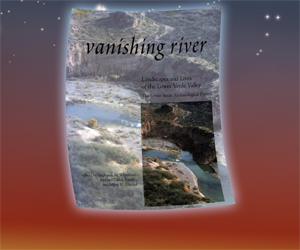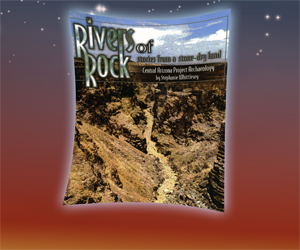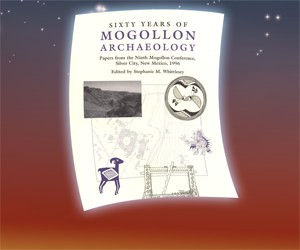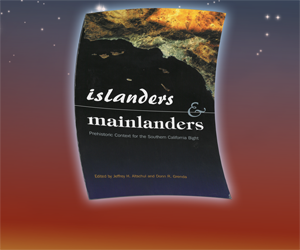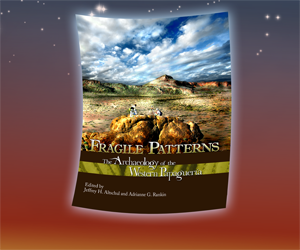Gabrielino/Tongva Origins & Development A View from Guaspet
People in a Changing Land: The Archaeology and History of the Ballona in Los Angeles, California, Volume 5
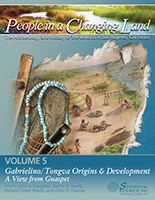
Edited by John G. Douglass, Seetha N. Reddy, Richard Ciolek-Torello, and Donn R. Grenda
Donn R. Grenda, Richard Ciolek-Torello, and Jeffrey H. Altschul, series editors
Technical Series 94, Volume 5
546 pp. / 2016
This fifth—and final—volume in the Playa Vista Archaeological and Historical Project (PVAHP) report series focuses on synthesizing and highlighting important insights made since the project began in 1991. This massive archaeological effort in this area of west Los Angeles known as La Ballona has revealed approximately 8,500 years of human occupation in the area and the basis for a deeper understanding of the relationships between these Native Californians to the adapting landscape and world surrounding them. The chapters in this volume highlight important insight into Native Californian subsistence, economy, settlement, and health, among other issues, through rich and diverse diachronic data sets.
One important focus of this volume is the Mission period. A set of chapters offers important insight into the Mission period in southern California and the relationships between Native Californians and Spanish colonists, including those that inhabited La Ballona. Early on during the Mission period, La Ballona was relatively rural and remote from the Pueblo of Los Angeles. Although there was some recruitment to the missions, Native Californian inhabitants of the area during this early portion of colonization had perhaps more autonomy than some others in the Los Angeles Basin at this time. As a result, the native inhabitants of a community known as Guaspet had unique relationships with other native communities on the coast and southern Channel Islands, as well as with the few Spanish colonists residing in the local area. As the Mission period progressed, these native inhabitants of La Ballona increased interaction with the colonial world that progressively surrounded and encroached upon them. This volume synthesizes diverse data sets including features and artifacts from a Native Californian burial area, a feasting area, and numerous ethnohistorical documents to more fully understand the basis and expression of the complex, and conflicting, relationships between and among Native Californians and Spanish colonists during the Mission period. In addition, the archaeological and ethnohistorical evidence offers an important opportunity to understand the basis of indigenous culture change and adaption when faced with colonialism.
This volume will be of interest not only to archaeologists and historians studying different time periods in California, but also a wide range of scholars studying culture change, human adaptation to wetland environments, ethnogenesis, and culture contact within the context of colonialism.

